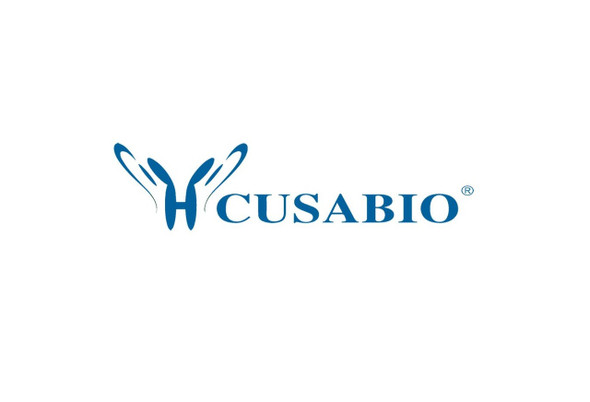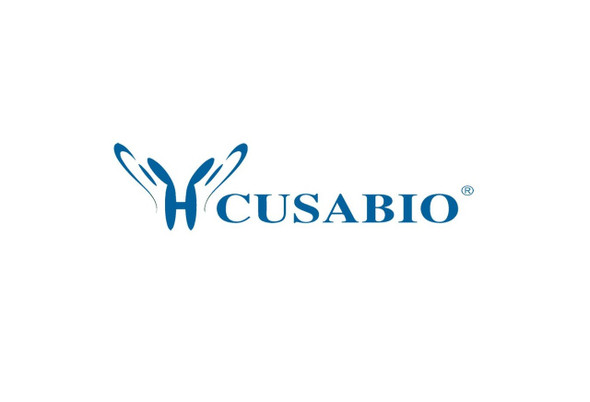Cusabio Mouse Recombinants
Recombinant Mouse Formyl peptide receptor 2 (Fpr2), partial | CSB-EP008855MO1
- SKU:
- CSB-EP008855MO1
- Availability:
- 3 - 7 Working Days
Description
Recombinant Mouse Formyl peptide receptor 2 (Fpr2), partial | CSB-EP008855MO1 | Cusabio
Alternative Name(s): Formylpeptide receptor-related sequence 2 Lipoxin A4 receptor-like protein N-formylpeptide receptor-like 2 Fpr-rs2
Gene Names: Fpr2
Research Areas: Others
Organism: Mus musculus (Mouse)
AA Sequence: MESNYSIHLNGSEVVVYDSTISRVLWILS
Source: E.coli
Tag Info: N-terminal 10xHis-GST-tagged and C-terminal Myc-tagged
Expression Region: 1-29aa
Sequence Info: Partial
MW: 33.3 kDa
Purity: Greater than 85% as determined by SDS-PAGE.
Relevance: High affinity receptor for N-formyl-methionyl peptides (FMLP), which are powerful neutrophils chemotactic factors. Stimulate chemotaxis in immune cells to site of infection or tissue damage upon recognition of several ligands, such as FMLP, or ligand involved in cell damage, disease or inflammation.
Reference: "N-formylpeptides induce two distinct concentration optima for mouse neutrophil chemotaxis by differential interaction with two N-formylpeptide receptor (FPR) subtypes. Molecular characterization of FPR2, a second mouse neutrophil FPR." Hartt J.K., Barish G., Murphy P.M., Gao J.L. J. Exp. Med. 190:741-747(1999)
Storage: The shelf life is related to many factors, storage state, buffer ingredients, storage temperature and the stability of the protein itself. Generally, the shelf life of liquid form is 6 months at -20?/-80?. The shelf life of lyophilized form is 12 months at -20?/-80?.
Notes: Repeated freezing and thawing is not recommended. Store working aliquots at 4? for up to one week.
Function: High affinity receptor for N-formyl-methionyl peptides (FMLP), which are powerful neutrophils chemotactic factors. Stimulate chemotaxis in immune cells to site of infection or tissue damage upon recognition of several ligands, such as FMLP, or ligand involved in cell damage, disease or inflammation.
Involvement in disease:
Subcellular Location: Cell membrane, Multi-pass membrane protein
Protein Families: G-protein coupled receptor 1 family
Tissue Specificity: Primarily expressed in neutrophils. Not detected in vomeronasal neurons.
Paythway:
Form: Liquid or Lyophilized powder
Buffer: If the delivery form is liquid, the default storage buffer is Tris/PBS-based buffer, 5%-50% glycerol. If the delivery form is lyophilized powder, the buffer before lyophilization is Tris/PBS-based buffer, 6% Trehalose, pH 8.0.
Reconstitution: We recommend that this vial be briefly centrifuged prior to opening to bring the contents to the bottom. Please reconstitute protein in deionized sterile water to a concentration of 0.1-1.0 mg/mL.We recommend to add 5-50% of glycerol (final concentration) and aliquot for long-term storage at -20?/-80?. Our default final concentration of glycerol is 50%. Customers could use it as reference.
Uniprot ID: O88536
HGNC Database Link: N/A
UniGene Database Link: UniGene
KEGG Database Link: KEGG
STRING Database Link: STRING
OMIM Database Link: N/A









